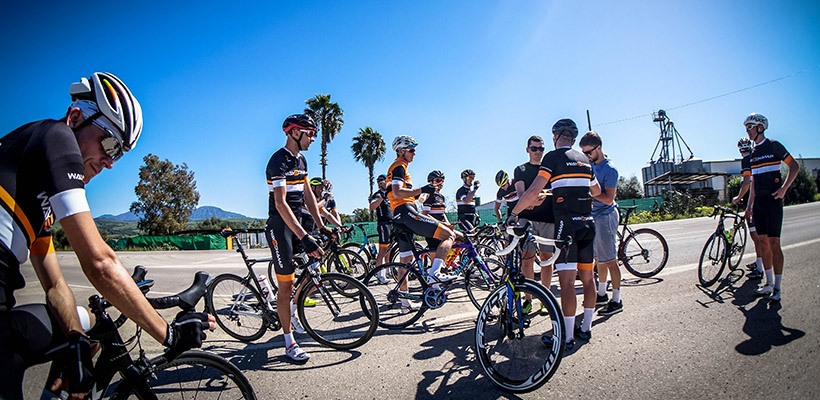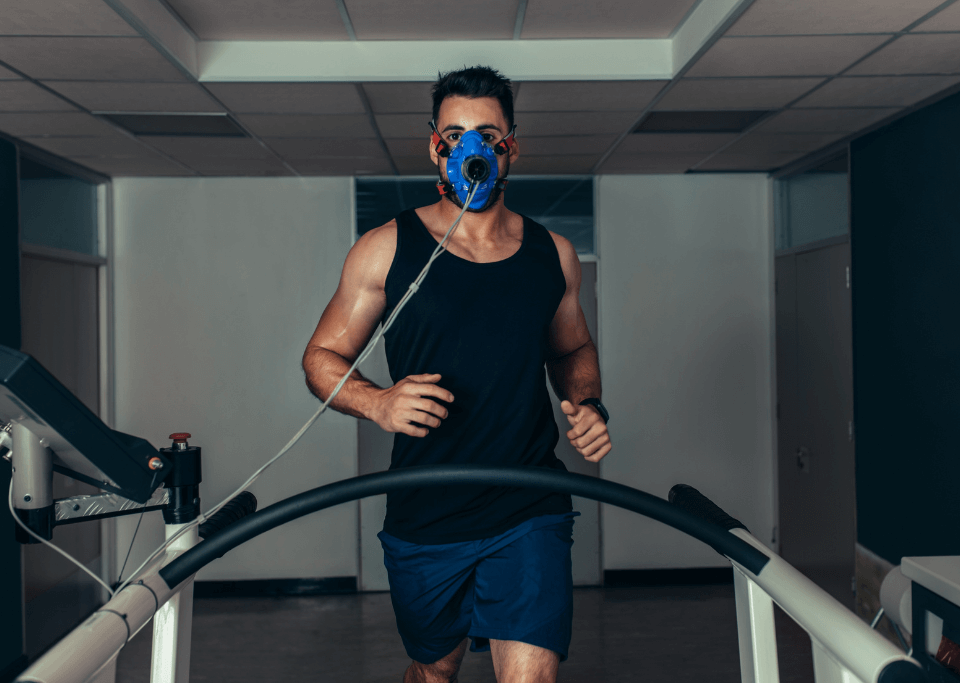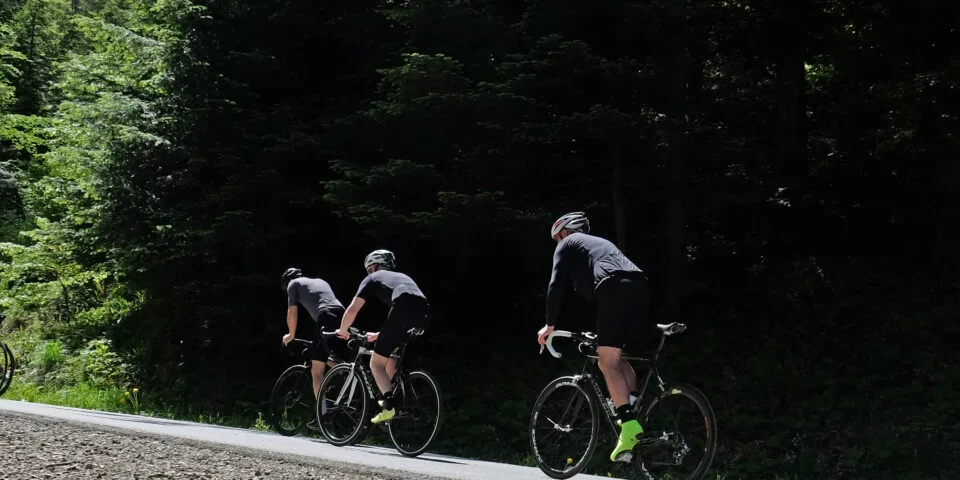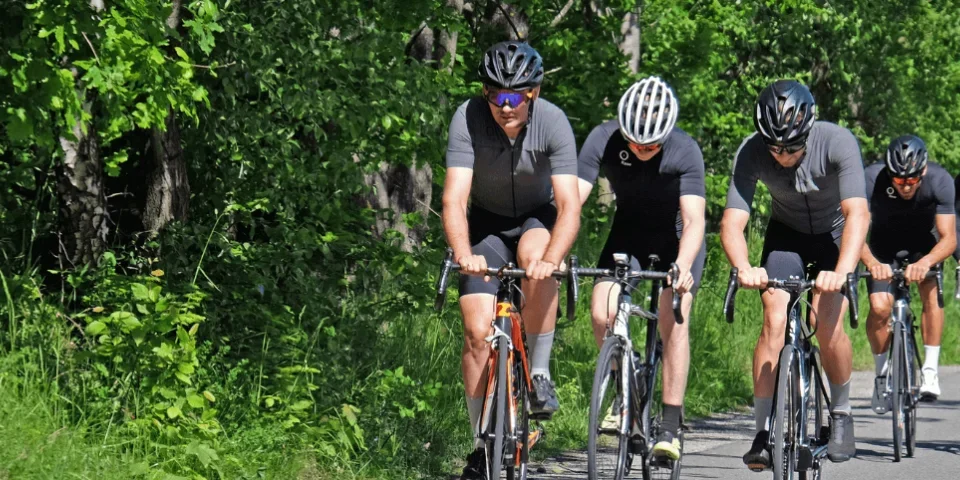
What can you achieve with a power meter? V.2
17 August 2017
How to ride a bike on a rainy day?
17 August 2017
Power measurement not only facilitates precise control of training but also gives you many opportunities to use your advantages in races. Below I present a few of those benefits that I was able to observe and use in my coaching practice with my athletes.
Energy saving
The winner is the one who first crosses the finish line. To do this, most often you should attack at the right moment, going all out. To go all out, you must be prepared for it and have the energy for the final battle. It is worth knowing how to save that energy.
There are several ways to preserve energy during a road race, including:
- Using the wind tunnel – we try to find a place in the peloton in which we must generate a minimum of power to stay in the group. It is not always possible, but if such situations occur, it is worth using them.
- Regulating the intensity during specific element of the race – if we are escaping or attacking alone and it might take more than 10 minutes, then it is worth calculating your energy expenditure. I suggest to perform it on a 95-105% FTP, which allows to minimize the release of lactic acid to the muscles and thus save energy for critical elements or final attack
- Warm-up – we often forget about it, while a well-performed warm-up (e.g., 20min of aerobic spinning with a few kicks and increasing intensity) can work wonders. Usually, from the beginning of the race, we try to push hard- if we are not warmed up, the body uses the anaerobic energy sources to a greater extent, which is very exhaustive for the accumulated glycogen. If we warm up the muscles, lungs, and heart correctly, the pain is smaller at the beginning, and the preserved energy helps in subsequent fragments.
Establishing nutrition and hydration plan
It is recommended to eat about 1/2 to 1/3 of the calories spent during the race, both in the form of hypo/iso/hypertonic beverages as well as solid foods (gels, bars, bananas, etc.). Example:
We ride a 3-hour race, and we burn 2,200 kcal. It is recommended to cover that deficit by 770-1100 kcal during the race. What does this mean in practice?
- Four bottles of 500ml sports drink (480kcal, 120g carbs)
- Two 50g chocolate bars (400kcal, 38g carbs)
- One caffeine gel (110kcal, 28g carbs)The total sum – 990kcal, 186g of carbohydrates. That is 62g of carbs per hour.The energy value of meals and drinks is adjusted depending on the amount of power consumed. For measuring needs, we can assume that 1 kJ = 1 kcal.
Knowing your limits
Determining the power profile helps evaluate which elements of the race at a given moment are going better and which are worse. Based on this, we can choose the tactics for a given race.
If we are weak sprinters, and our 5- and 20-minute powers have better values, then we are looking for our chance to escape the peloton on short hills (depending on the inclination, of 1.5-2km) or during a long escape that ends with an attack several kilometers before the finish.
If we feel better in the sprint and our 5-second power soars up, then we try to save maximum energy during the race, so that we can use this power in the final fight in the last meters from a large group.
I could multiply the examples – it all depends on the characteristics of a given race, our level of preparation, the motivation of the start and the profile of our competitors.
Using the knowledge about the cadence
The rhythm of pedaling is often an underestimated parameter, but it has a massive impact on the level of power generated, glycogen savings during the race and as a result the outcome of the competition.
Using the tools for analyzing files from the power meters (Training Peaks, WKO4), we caton evaluate at which pedaling rhythm we can generate optimal power. For some, the optimum cadence in the flat terrain when performing an escape on a 100% FTP can be 80-85, for others 95-100. In my opinion, one should strive to achieve higher cadences within the individual body motility – it allows to save glycogen to a greater extent than to push on the hard gear, and besides, it enables rapid change of rhythm and attack. Imagine how quickly you can react to someone’s attack if you’re riding 65-70rpm and 95-100rpm? In the latter case, the reduction of the gear and the overclocking of the speed comes much faster than if you wanted to spin the 53/11 gear in the blink of an eye. It is not without reason that sprinters achieve the highest speeds with cadences> 130rpm, not for example 80rpm.
During long efforts, e.g., a climb of more than 10min, maintaining a steady rhythm is significant. Stable cadence allows you to optimally distribute forces, increase pedaling efficiency and save as much energy as possible. The use of analytical tools is invaluable here since in the heat of a battle we often forget about numbers and then we may find that we were climbing with a cadence of 60-65rpm, not even thinking about it.





